Curated By You: Morgann McCoy Makes Paper Theory Zadie Jumpsuit
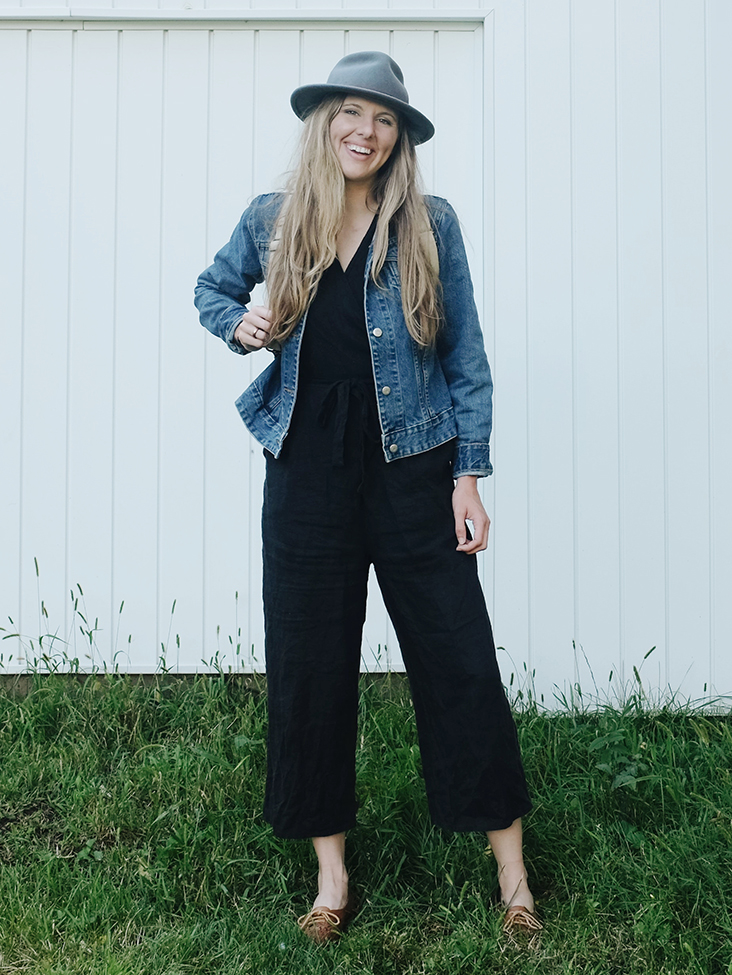
Morgann wears Zadie Jumpsuit from Paper Theory made with FS Luxury Medium Weight Black Softened 100% Linen
Slow fashion, sustainability, ethical consumerism: terms sadly starting to water down from general overuse, but once in a while you meet someone who lives, breathes and embodies this very way of living, Morgann McCoy is one such lady. Somehow Morgann makes entrepreneurship seem far easier and much more accessible, which is a wonderful catalyst for igniting inspiration to do the same (at least in me). So much of her core are her life values she carries through from her rural life on a farm in Wisconsin to serving on the board for a socially conscious fashion brand in Haiti. There is an unwavering confidence and care for others, and her loyalty to her craft.
Tell us a bit about yourself and what you do.
My name is Morgann McCoy. I am the owner, designer, and seamstress behind the lifestyle brand A Well Worn Story. I design and sew handcrafted goods that will get better with age, hence the name “well worn”. In today’s fast fashion culture, we are extremely disconnected from the items we wear and the people who produce them. Practically everything we purchase is mass produced to look the same without much thought about the impact. My hope is to slow down this process and reconnect consumers to makers. I do this by sharing my own ethical wardrobe and sewing tips. I encourage people to make their own clothing, support handmade, and choose quality over quantity. I design and sew products that tell unique stories. My collection of bags, aprons, and small leather goods is built by transforming textiles into heirloom quality pieces. I use a mix of waxed cotton canvas, leather, and linen to create each accessory. My vision is to make timeless pieces from authentic materials that are full of character, express personal style, and inspire people to live well. Each item is thoughtfully crafted in my small studio located on a Wisconsin farm. I love the lifestyle, landscapes, and quaint towns found throughout Wisconsin. I get a lot of inspiration for my work while being out in nature – hiking, biking, or spending a slow weekend at a lakeside cabin. When you purchase an item from A Well Worn Story, I hope it will be lived in, loved, and worn on many of your life’s adventures becoming more valuable over time as it carries your story along with it.
Talk to us a little about the creation process- from idea to final product. How big is your team?
Most of my inspiration comes from vintage bags and textiles found at flea markets. One of my best sellers, the waxed canvas everyday backpack, is inspired by a vintage boy scout bag gifted to me from a good friend years ago. It was made from the most beautiful time-worn canvas in the perfect shade of olive green – the kind of storied material that makes you think, “if only this bag could talk, the stories it could tell”. Over the years, I have mended, repaired, and repurposed tons of vintage fabrics for this reason. Breathing new life into old fashioned things brings a lot of joy. They don’t make clothing and accessories like they used to, so I’m trying to change that. Each A Well Worn Story product is handmade from start to finish in my small Wisconsin studio. As a one-woman show, I wash, dry, cut, iron, skive, trim, sew, rivet, and wax/oil every product. Then it’s cleaned, carefully packaged, and finished with a hand-written thank you note and a little piece of white pine (forever my favorite and a little piece of Wisconsin). After a full day of sewing, you can usually find me answering emails, taking photos of product, or planning for the future of my brand. Handmade goods take a lot of time, but my customers remind me that it’s all worth it.
What do you love most about having your own business?
Working for myself has given me more time and opportunities to connect with like-minded people. Don’t get me wrong, running and growing a small business requires a lot of hours. It takes hard work, long days, creativity, and grit to wear all the hats well. However, having the flexibility to work with my customers to set my schedule is a huge blessing. I can choose to take an extra ten minutes in the morning while sipping my coffee to send an encouraging text to a friend. I can take a Friday off to take my mom to the doctor. I can book a flight to go teach in Haiti a week before leaving. All of those things have happened. Owning a business allows me to be available to help others more often. I have always valued time more than anything because it’s a non-renewable resource. How we use our time determines our impact on other people’s lives. What good are we doing for others if we spend all of our time on ourselves? Even though my business is product based, I have always seen it as a service I’m providing for my online and local community. The longer I’m in business, the more people I’m connected with who share my values and are also doing important work for other people.
As a child, what was your first encounter and memory of beauty?
I love this question. I grew up in a small farming town of 400 people in northern Illinois. One aunt lived up the street, my grandma lived down the street, and my other aunt and cousins lived just outside of town. My twin brother and I rode our bikes everywhere. We spent most of our days outside either hiking through the woods, swimming, playing basketball, or all of the above. After our baseball games in the summer, my family and neighborhood friends would go to grandma’s pool for a night swim. There’s just something about those summer nights when it’s still hot out at 9 p.m., the moon shining bright, grandma watching from the window, and that first jump into the water. If I could bottle up that feeling I would. For me, it doesn’t get more beautiful than spending time outside with people you love.
Can you talk us through a failure or a setback in your business that you learned from or an experience that helped improve your business.
When you work for yourself, your personal life is heavily tied to your business and vice versa. I personally went through a really hard season about a year and a half ago. A relationship ended and I found myself moving from Illinois to Wisconsin in a short amount of time. Living in Wisconsin was not part of my plan, but it was exactly what my business and I needed. I ended up in the cutest small town ever (New Glarus, WI – look it up!) where people really care about shopping small and supporting local. I live and work on my brother and sister-in-law’s farm, which is only 30 minutes from downtown Madison. It’s truly the best of both worlds. I’m within driving distance to so many of my favorite state parks and lakeside cabins. I couldn’t have planned a better path. In that hard season I had to learn to ask and receive help from others. Once I did the deeper work personally, my business started to flourish. This part of my story is proof that God has an extraordinary plan for our lives, we just have to be open to receiving it.
Name a book that you’ve recently read which inspired you and why?
I recently read “Imperfect Courage” by Jessica Honegger, the founder and co-CEO of Noonday Collection. I am super passionate about ethical fashion and how we can use business to make a positive impact around the world. I enjoy learning how other makers, teachers, and business leaders are working with artisans to create sustainable jobs and build communities. Along with running my own brand, I also serve on the board for a socially conscious fashion brand, Sa Voix. We are based in Port-au-Prince, Haiti where we employ young women transitioning out of orphan care. I travel to Haiti at least once a year to teach sewing and assist in designing new product. The women at Sa Voix create beautiful, one-of-a-kind leather goods using a painting technique called marbling. Through these trips, I have experienced first hand the impact our purchases have on people living around the world. I loved reading Jessica’s story about starting a fair trade fashion brand and brainstorming how Sa Voix can put some of her take-aways into action.
What is the first thing you ever remember making on your own? Tell us about this memory.
I tried to make a swimsuit cover up when I was 16 or 17. It didn’t go so well. My mom attempted to help me, but like I said, I was a teenager and not very open to suggestions. Even though my grandma and mom were both seamstresses, I didn’t learn to sew until I went off to college to study fashion design. Thanks to four years and a fashion design degree from Iowa State University, one study abroad program at London College of Fashion, a sewing job at the college theater department, and a couple design internships later, I got really good at it. Sewing never came easily for me, but I loved the process and learning about it all. It’s crazy how far you can come in 10 years of pursuing a craft.
Do you have a mentor or a muse?
My mentors are mostly my family and friends who I look up to for many different reasons. My grandma passed away when I was in 7th grade, but she left a mark on me. She was a seamstress and would pull her sewing machine out and use the dining room table to cut fabric. She cooked huge meals for our family and sometimes people in the neighborhood every Sunday night. Her resourcefulness and generosity is something I hope to emulate. I still use her sewing machine everyday to sew A Well Worn Story labels into product. I have always looked up to my twin brother, even though he is only five minutes older than me, for his joyful disposition and sense of humor. His presence in a room immediately makes everyone feel at ease. It’s an amazing thing to witness and such a blessing to do life alongside of him. My friend Mona, who is a talented jewelry artist and business woman, yet still everyone remembers her for her honesty, grace, and always being available for a cup of coffee and life chat when you need it most. I’m also really thankful for my professors at Iowa State University, who were encouraging, knowledgeable, and taught me the ins and outs of the fashion industry.
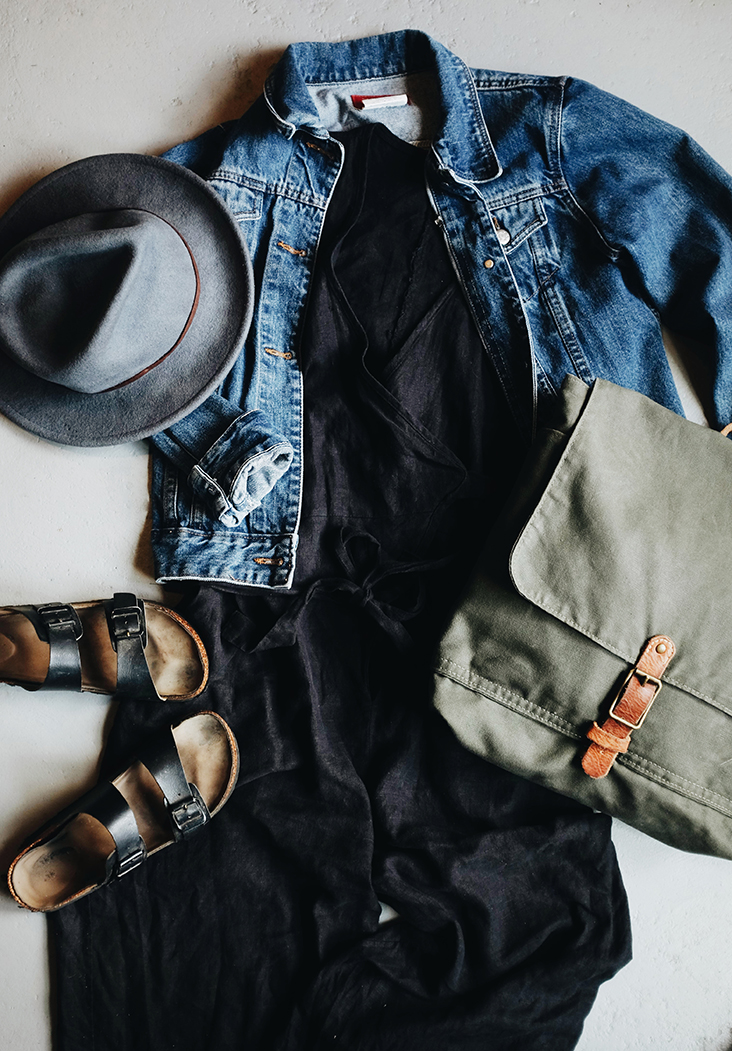
Zadie Jumpsuit from Paper Theory made with FS Luxury Medium Weight Black Softened 100% Linen with A Well Worn Story Waxed canvas Backpack
How important is social media to your business?
I have always seen social media as a creative outlet and a space for connecting with like minded people. How amazing is it that we have a free resource to find community and sell our handmade products?! I live and work from a farm where the closest town has a population of 2,500 people. I’m able to do what I love from anywhere because of social media. It’s crazy to think how much that has changed even in the last five years. It’s an exciting time for small business owners living in rural communities. I’m super thankful for the people who follow along on Instagram and the friends I have met there. Of course, nothing beats real life, but social media is a great tool for developing brands, creating community, and sharing our creativity. Plus, I love following along with my friends and being able to cheer them on daily.
What does sustainability mean to you?
This answer is a bit tricky since sustainability has become such a buzz word these days. I think it is so important to ask questions about how the products we wear are being made. The people behind our products matter. I believe seamstress should be paid a living wage, so that’s my first question when purchasing something new. When working in developing countries, we need someone actually on the ground talking with artisans and getting feedback on what they really need. When it comes to textiles, I really believe in using natural fibers as much as possible. People don’t realize that man-made synthetic fibers are made from plastic. They are not good for the makers or the wearers. A lot of people assume that creating an ethical capsule wardrobe is too expensive or too difficult for them. I like to remind people to start small. The key to a sustainable wardrobe is to stop over buying cheaply made clothing. Try buying secondhand and look for natural fibers at thrift stores. When buying new, purchase less but better quality items. Ask questions about the lives of the people who made your clothing. Learn simple sewing techniques to mend or alter a garment. Where you spend your money is an expression of your values, so choose wisely.
Do you have a community of crafters/ makers around you or do you find you are on your own?
I have met some of my best friends through my business. Many of those relationships started online or at a market where we were both selling our products. I’m so grateful to have a community of small business owners, dreamers, and doers who support me and my business is so many ways. Entrepreneurship can be isolating, especially in these days of online shops and social media. Having a supportive group is key to emotional wellness and business development. One of those friends I met at a market, Emma Hicks, has created a community for women entrepreneurs and hosts in real life meet-ups, retreats, and weekend camps. If you’re an entrepreneur who needs a supportive creative community, look up Camp Climb and join us next time. I was honored to be a sponsor at their summer camp this year. I also joined them for a retreat in Mt. Hood, Oregon last April where we focused on brand development. Having those women in my corner has been a game changer for me and my business.
What is the best and the hardest part about being your own boss?
There are many ups and downs to running a business, so I love to talk about both the good and the bad. My favorite part about being my own boss is doing the work I feel called to do. It might sound cheesy, but I love the days in my studio when I’m sewing lots of orders and in a steady creative rhythm. The process of making brings me so much joy, especially when I know the finished product will be treasured. I’m thankful to do what I love everyday and for my customers who appreciate it. It has been fun to see how I can use my skills to encourage others along their creative journey as well. The hardest part without a doubt is battling feelings of loneliness. I spend a lot of time by myself, either physically making products or mentally planning for the future. When everything is your responsibility, it can feel very isolating. It’s important for me to check in with myself about how I’m feeling. I take at least one day a week to work at a coffee shop or meet up with a friend. Thankfully, I live in a place where there are lots of entrepreneurs in a similar situation.
What does success mean to you?
Success is being courageous and disciplined enough to follow the plans God has called you to pursue and encourage others to do the same.
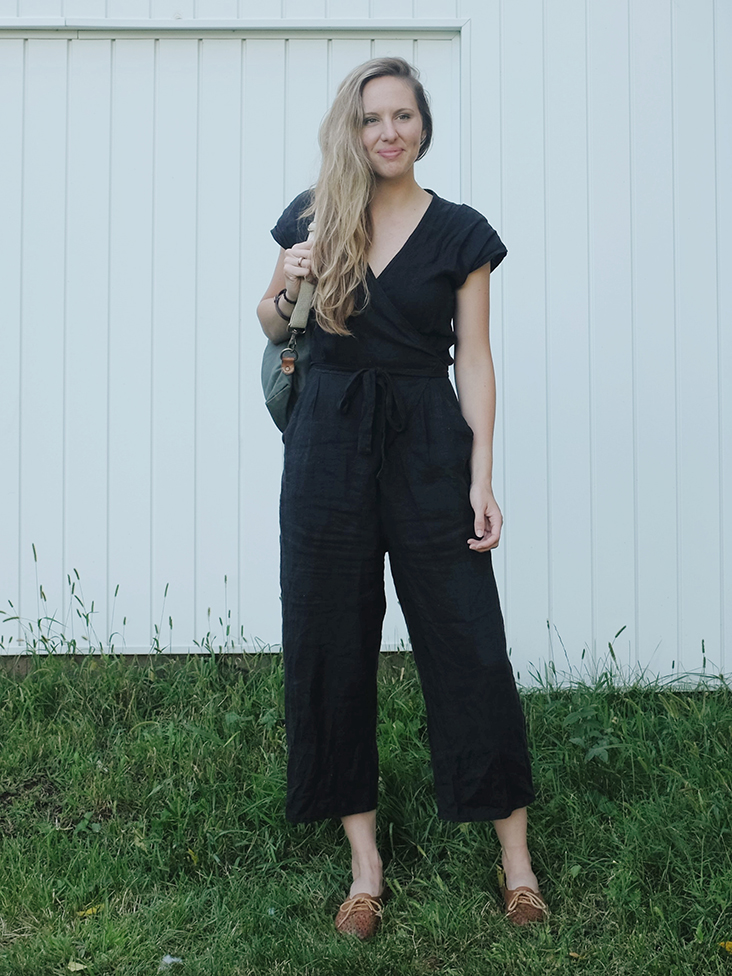
Morgann wears Zadie Jumpsuit from Paper Theory made with FS Luxury Medium Weight Black Softened 100% Linen
What have you chosen to make out of FS linen and why?
I made the Zadie Jumpsuit from Paper Theory using FS Luxury Medium weight BLACK Softened 100% Linen! Although I have the skills to do my own pattern making, I love to support other crafters, patternmakers, and small business owners when sewing pieces for my own wardrobe. Plus, it saves a lot of time. I was instantly attracted to the Zadie Jumpsuit design because the surplice wrap top. I have a rectangular body shape with wide shoulders and not much of a defined waist, so this style is flattering and super comfortable to wear. Over the years, I have become more and more intentional about the pieces I choose to buy or make. I need items that are easy to wear, comfortable, and can transition from casual to dressy. I’m also a self-proclaimed fabric snob who will only use fabrics that get better with age and are fun to sew. For this reason, I always choose to sew with natural fibers. My biggest tip for anyone learning to sew and/or starting a capsule wardrobe: make the switch from synthetic fibers to natural fibers! Cotton, linen, wool, and hemp are all good options. You will be amazed at how well these fabrics cut, iron, sew together, and wear. Making that switch is an important step in building a wardrobe that you actually enjoy wearing and will stand the test of time.
FS Luxury medium weight BLACK 100% Linen comes in a variety of colors and finishes





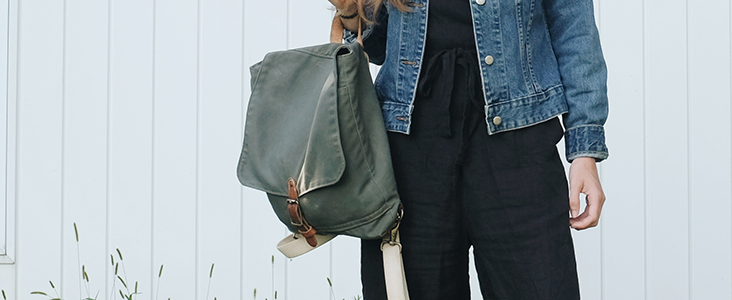

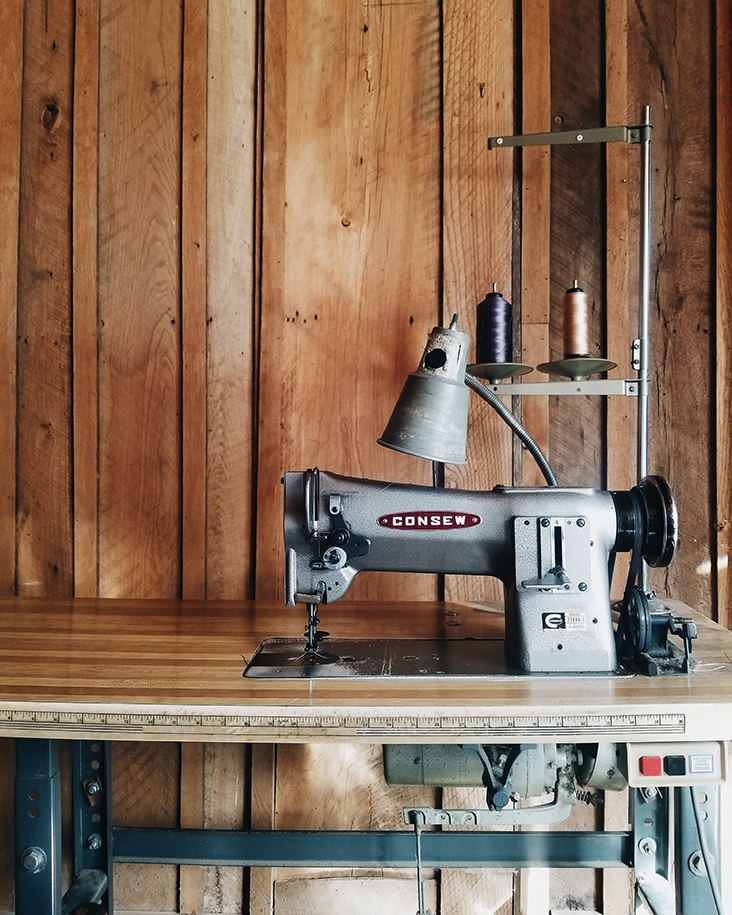
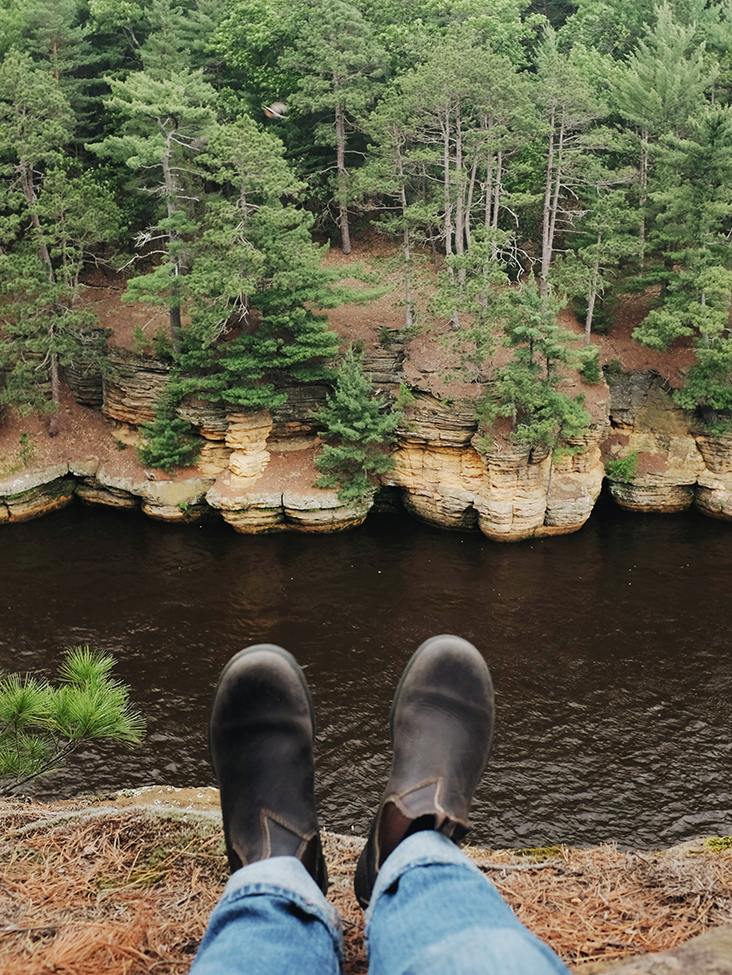
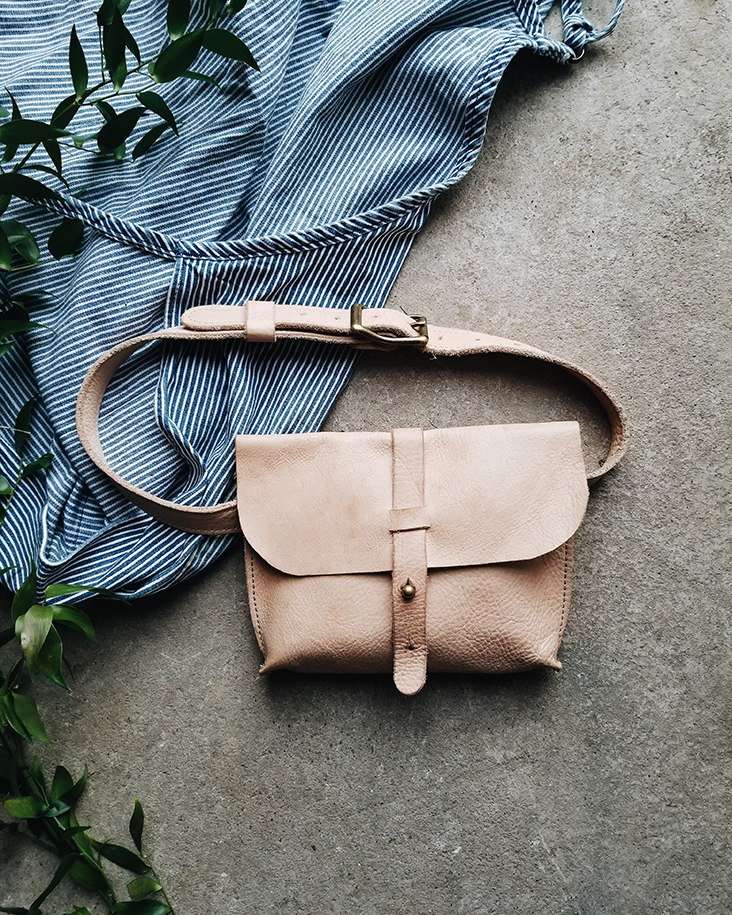
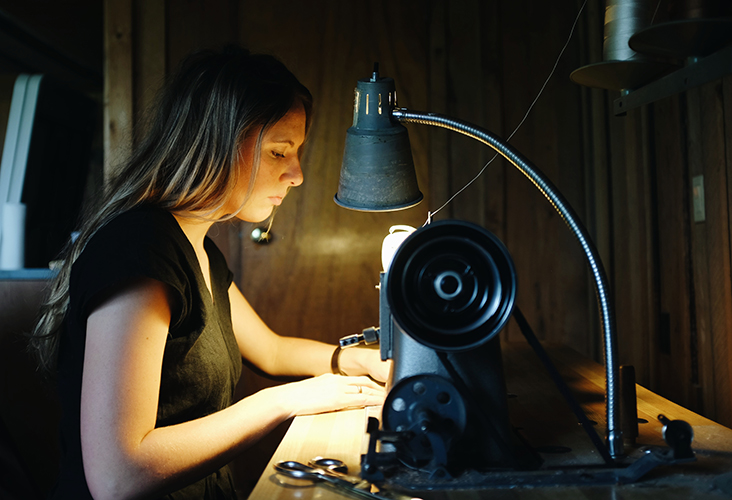
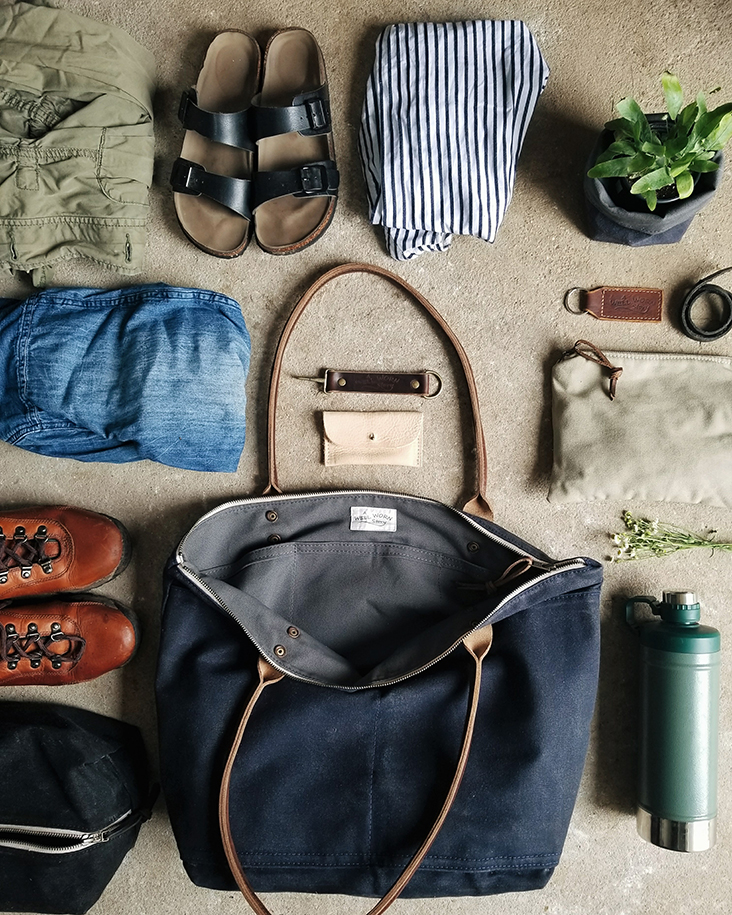

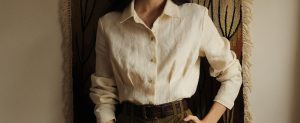

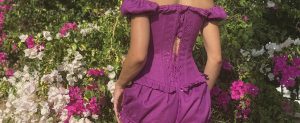
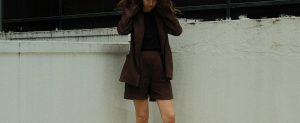
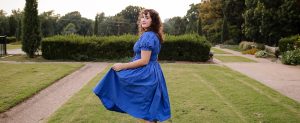




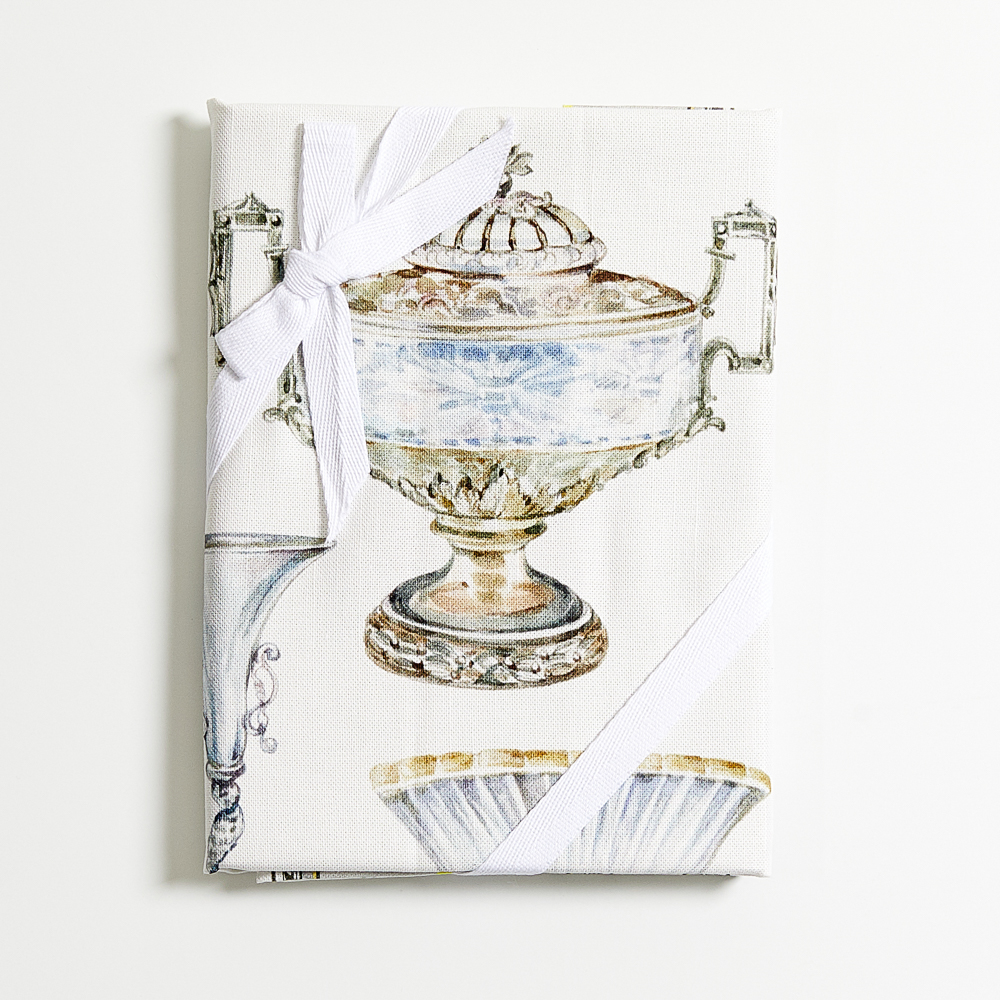






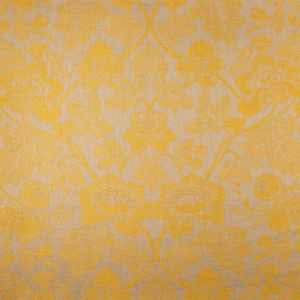
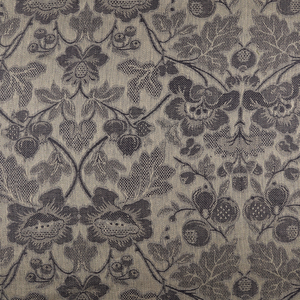
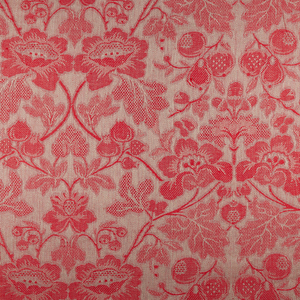
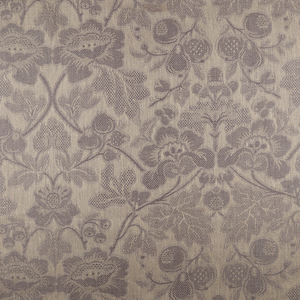
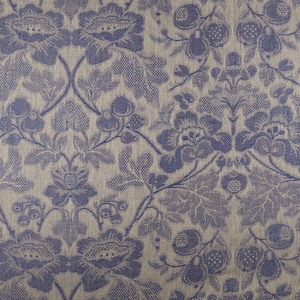
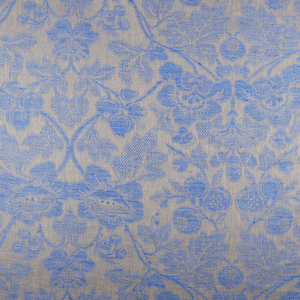
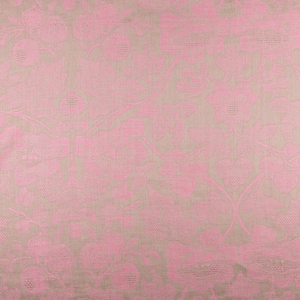


















One Comment
Amelia Vaughn
What a beautiful story and so inspiring. I love that you recognize our interdependence, especially that you make a point to connect with others weekly. But, you also have a willingness to serve others with your relationship with the Haiti group. Thank you for all that you do. Oh, one last bit of my own snobbery. I love that you use the term seamstress. Thank you! I’m not sure how we got to using “sewist” so much. Maybe an effort to rebrand for a younger generation? I am and always be a seamstress.